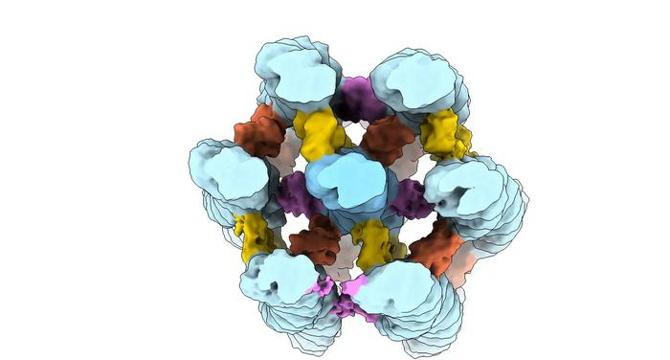Bioengineer
2d
7

Image Credit: Bioengineer
Breakthrough Discovery: Scientists Uncover How Cells Create Structures for Migration, Paving the Way for Potential Cancer Treatments
- The latest research by the Laboratory of Structural Biophysics and Mechanobiology at Rockefeller University promises to shed unprecedented light on how filopodia structures are formed and how they function with the use of innovative imaging technology.
- This discovery is crucial as filopodia plays a significant role in cellular motion and environmental sensing, especially in the case of immune cells that use filopodia to quickly locate and respond to infections.
- At the heart of filopodia’s structure are actin filaments, which form a dynamic network essential for maintaining cell shape, enabling movement, and facilitating intracellular transport.
- This research paper published in Nature Structural & Molecular Biology has highlighted the role of fascin protein in the assembly and strength of filopodia; however, its dysregulation can lead to increased cancer cell motility and metastasis.
- The study shows that the researchers have successfully captured the complex higher-order protein assemblies at an atomic resolution for the first time, which has revolutionized the way scientists can visualize biological complexes.
- The implication of this research extends into the realm of drug development, where newfound understanding of how fascin assembles actin could fundamentally adjust the current approach for developing cancer therapies.
- This discovery and understanding of cellular architecture and functions holds the promise of advancing cancer therapy, and with every revelation, the potential impact on patient outcomes and the future of cancer treatment is immense.
- As the quest to unravel the complex interactions governing cellular structures continues, this discovery serves as a clarion call for profound investigation into the broader implications of these findings.
- With each revelation, our understanding of life’s intricate dance at the cellular level becomes richer, paving the way for innovative therapies that may one day save lives.
- The journey of discovery in the research of Filopodia assembly in cellular movement shall continue, but each layer of complexity unveiled brings us closer to the ultimate goal of translating scientific knowledge into tangible medical benefits.
Read Full Article
Like
For uninterrupted reading, download the app